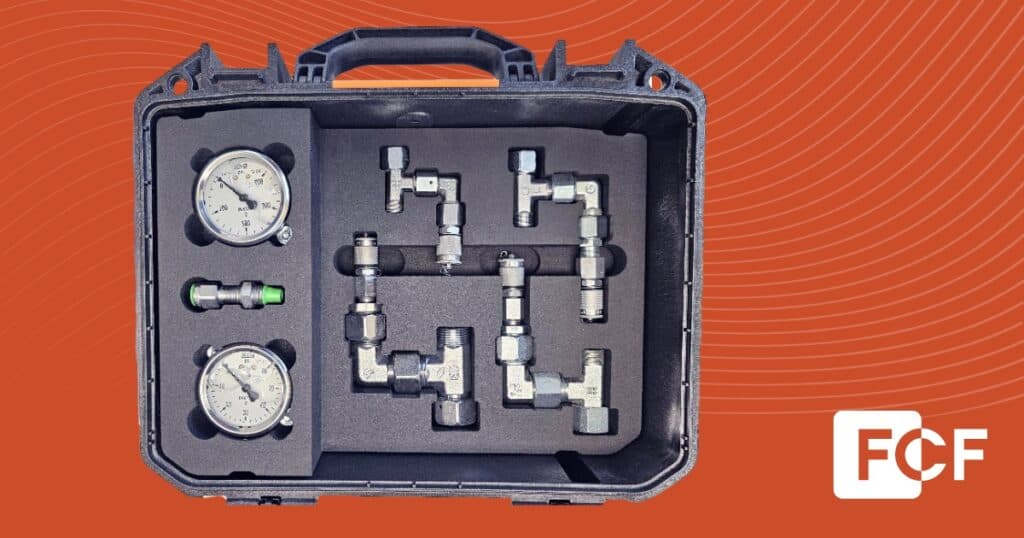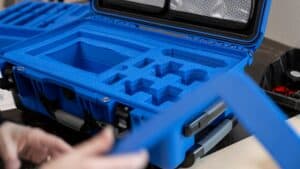In the aviation industry, weight is an important factor that influences fuel efficiency, operational costs, and overall aircraft performance. The relentless pursuit of lightweight materials has caused many advancements in aircraft design, notably in the form of high-performance foam materials. This article explores how advanced foam materials are transforming aircraft design by providing superior aerospace insulation while reducing overall weight, thereby offering compelling benefits for aircraft manufacturers keen on staying ahead in the competitive aerospace foam market.
Materials in Aircraft Design: The Quest for Lightness
The aerospace industry has long been focused on achieving a delicate balance: improving performance while minimizing weight. Traditional materials, while robust, often contribute significantly to the aircraft’s weight, limiting efficiency. In recent years, high-performance foam materials have emerged as a pioneering solution, offering a significant reduction in weight without compromising durability or safety. These materials have become indispensable in numerous applications, including seating, insulation, structural components, and even cabin décor.
Enhancing Aerospace Insulation with Advanced Foams

One notable application of advanced foam materials in aircraft design is in aerospace insulation. Effective insulation not only contributes to passenger comfort but also plays a pivotal role in thermal management and acoustic performance. Advanced foam materials excel in both regards by offering superior thermal insulation properties while also reducing noise transmission.
These advanced foam solutions are not only lightweight but also afford aircraft manufacturers the flexibility to innovate with economical and efficient design iterations. Foam products can be engineered to suit custom thermal and acoustical requirements, further contributing to the lightweighting of aircraft without compromising passenger experience.
The Benefits of Weight Reduction in Aircraft
The implications of using lighter materials such as advanced foam extend beyond mere technical specifications. They have profound impacts on various critical facets of aircraft operation and economics.
Fuel Efficiency and Environmental Benefits
Reducing the weight of an aircraft translates directly into meaningful fuel savings, resulting in cost efficiency and reduced environmental impact. Lighter airplanes require less fuel, consequently lowering carbon emissions and decreasing the aviation industry’s carbon footprint—a pressing goal given the global emphasis on sustainability.
Improved Aircraft Performance
Lighter aircraft offer improved performance capabilities, including increased range and speed, improved payload capacity, and greater agility. Advanced foam materials play a crucial role in strategically stripping unnecessary weight from non-essential components, thereby strengthening the overall efficiency and performance of the aircraft.
Factors Fueling the Growth of Foam in the Aerospace Insulation Market
The aerospace foam market is expanding as manufacturers and designers increasingly recognize the value these materials bring. Several factors contribute to this growth trend and the ever-evolving dynamics of foam application in aircraft design.
Innovation and Customization
Continued research and development efforts have expanded the possibilities for foam materials in aerospace applications. Innovations in foam chemistry and fabrication techniques are driving new levels of customization, allowing manufacturers to select or design foam with exact properties to meet precise application requirements.
Customization extends to the finish of the foam, enabling it to be tailored for specific functions such as vibration dampening, fire retardance, or structural integrity, ensuring seamless integration with existing systems and design ideas.
Regulations and Compliance
Compliance with strict regulatory standards remains a top priority for aerospace manufacturers. High-performance foams are rigorously tested and formulated to meet these standards, ensuring they deliver consistent performance throughout their lifecycle. These foams are subjected to stern fire, smoke, and toxicity tests, assuring manufacturers of safety and reliability.

Partnering for Success in Aircraft Design
Collaborating with a forward-thinking provider of advanced foam materials can present noteworthy advantages for aircraft manufacturers. By working closely with experts who understand the complexities of the aerospace industry, manufacturers can develop optimized solutions that leverage the unique benefits of high-performance foams.




